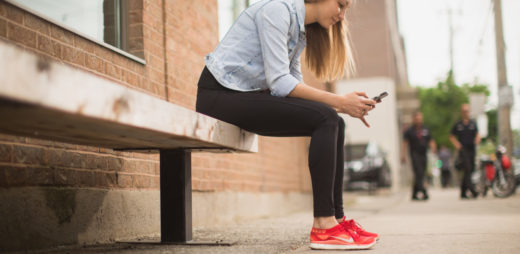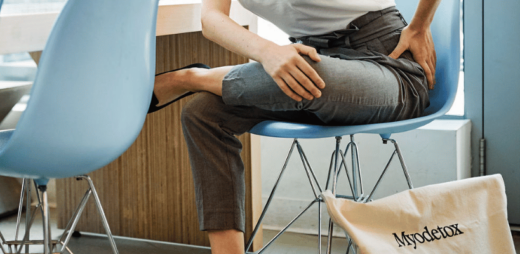Don’t Let An ACL Injury Be Your Downfall
It’s every athlete’s worst nightmare. They go up for a shot, get tackled hard or twist incorrectly, and they end up with a dreaded ACL injury. We discuss how you can strengthen that ACL injury and be ready for the rest of your days!
The ACL (anterior cruciate ligament) is a ligament in the knee that works to provide passive stability to the knee joint. It also prevents the tibia from slipping forward, away from the femur. It is one of the most commonly injured ligaments in the knee and when injured, the symptoms can range from pain and swelling, to decreased range of motion and loss of stability.
Injuries to the ACL are rated on a three point scale depending on their severity and the degree of damage to the ligament.
Grade 1 – Refers to mild damage of the ligament (less than 25% damaged) when stability will not be affected.
Grade 2 – Refers to moderate damage of the ligament (with up to 50% damaged) leading to some instability in the knee.
Grade 3 – Refers to a full rupture of the ligament where the knee will experience the greatest amount of instability.
Sprained ACL recovery time will be dependent on the grade of sprain or tear you have sustained to the ligament and your post-rehab goals. However, typical return to sport following surgical reconstruction ranges from 9-12 months.
Regardless of whether or not you will be having surgery to repair the ligament, early post injury guidelines will be the same.
As goes for many injuries, the number one goal for early rehab is regaining full range of motion in the joint. This generally means that the swelling has been flushed out and the area is primed for progressive strengthening. For an ACL tear it’s really no different, therefore, the first exercises are going to be geared towards flushing out the swelling and getting that knee moving.
Heel Slides
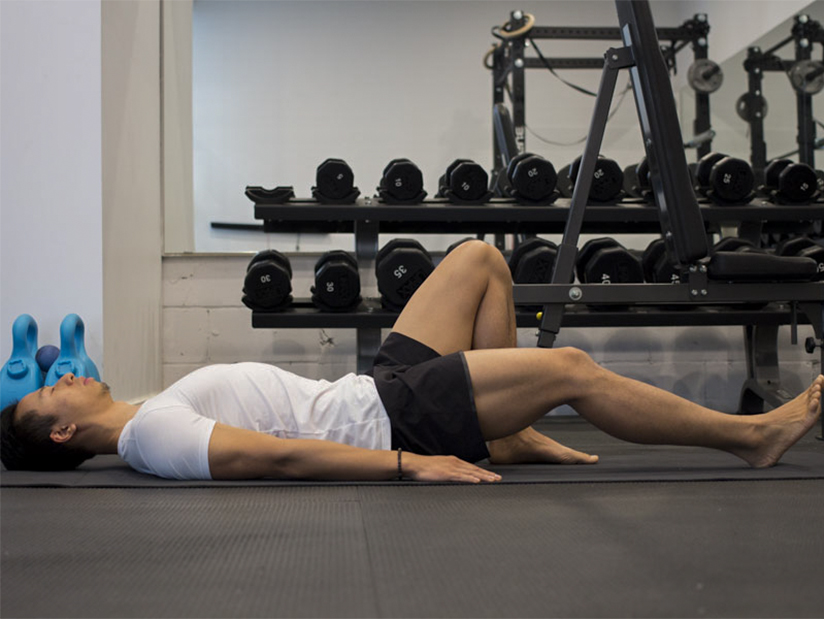
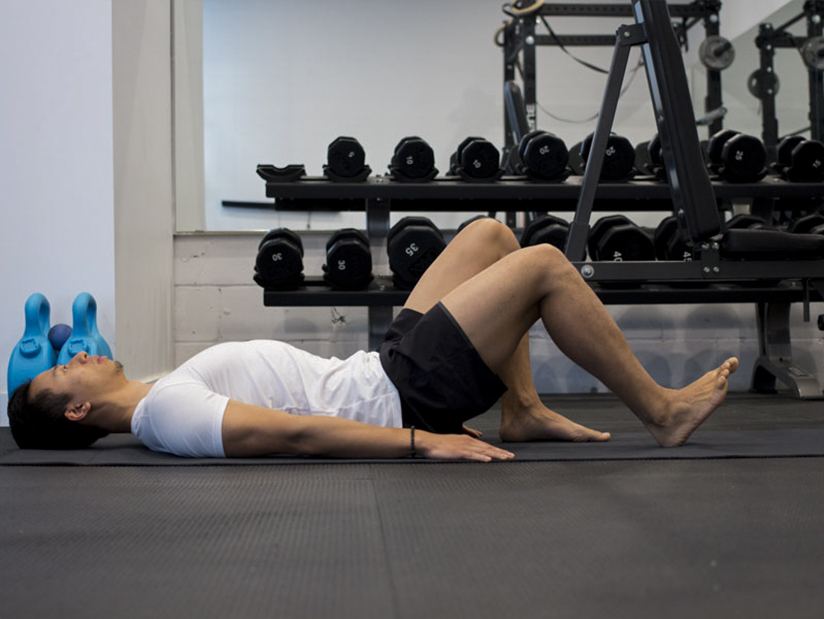
Heel slides are performed primarily to progressively increase the range of motion at the knee (into flexion and extension). This can be done actively, where you are using your muscles to bend and straighten your leg, or passively, where you are using a strap or sheet to get the job done. These methods can also be used together in order to gain the strengthening benefits of active work and the passive benefits of overpressure. Remember, stay within your limits of pain, you aren’t getting any extra points for reaming on your leg!
Ankle Pumps
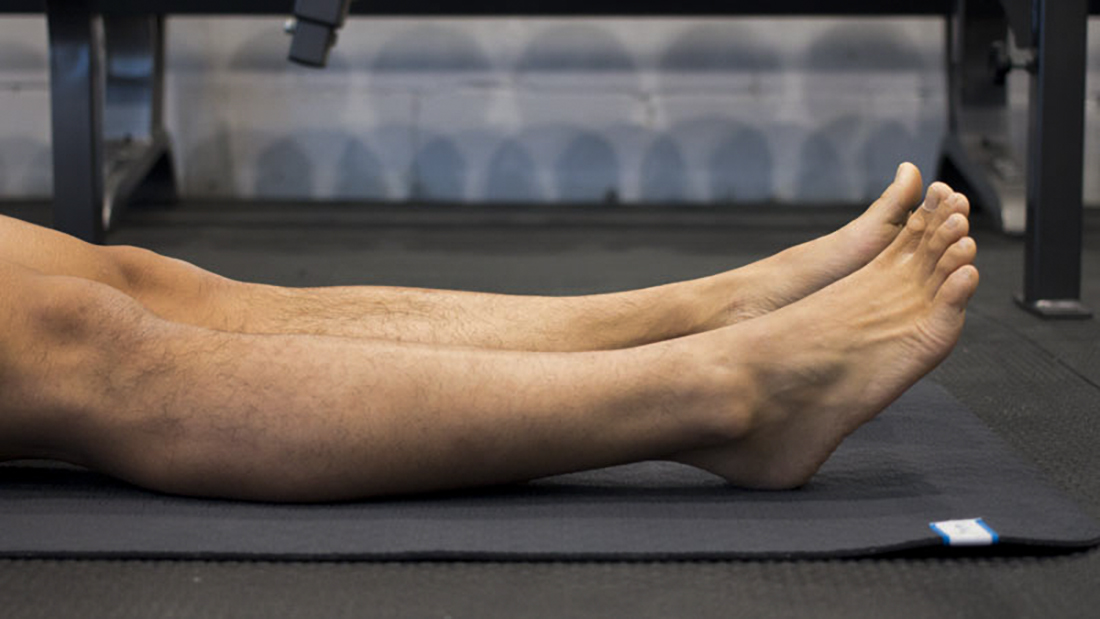
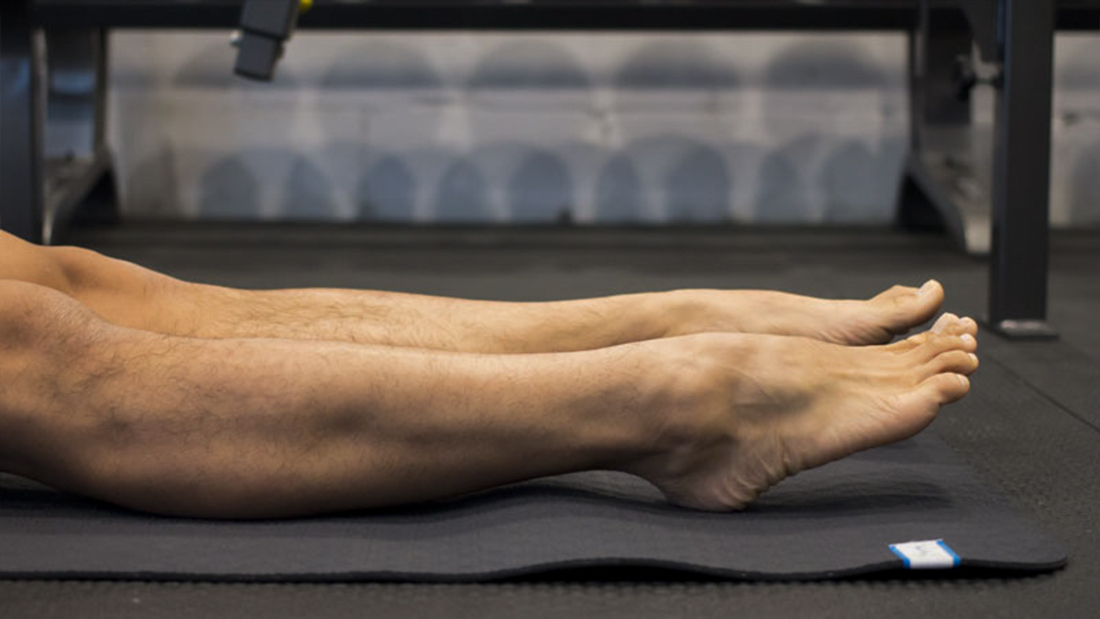
Ankle Pumps can be used in the early stages as well to help limit the amount of swelling built up throughout the day. Blood and swelling follow the path of gravity, so if you are sitting a lot after an injury you may notice pooling in the leg after a couple hours. Pumping your ankles up and down will help to keep things moving, improving post-injury fluid flow.
Initially, weight bearing on the injured leg is likely going to be painful and difficult and you may be using crutches to help you walk. In order to help limit the amount of strength lost in the leg during this time, it is recommended that you complete some isometric activities to help keep those muscles engaging. Quadricep, hamstring and glute sets can be beneficial in the early stages following injury to keep the neural pathways to these muscles firing. Simply engage the muscles in a static position (for example dig your heel into the bed for the hamstring), hold for 5 seconds and repeat.
Once the range of motion has been restored, the symptoms have decreased and you are able to weight bear through the leg, you can begin to incorporate more complex exercises for the hip and the knee such as:
Bridges
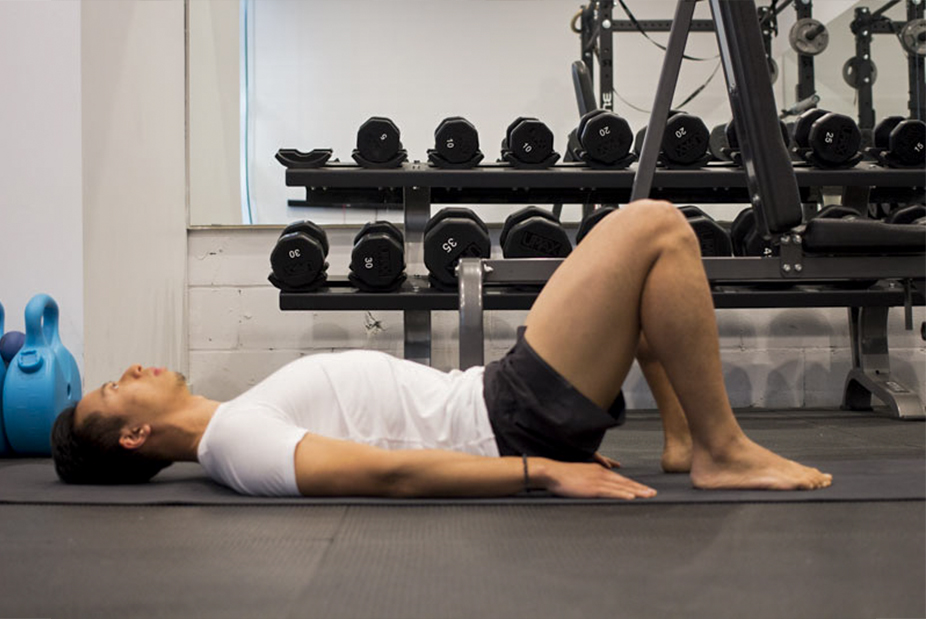
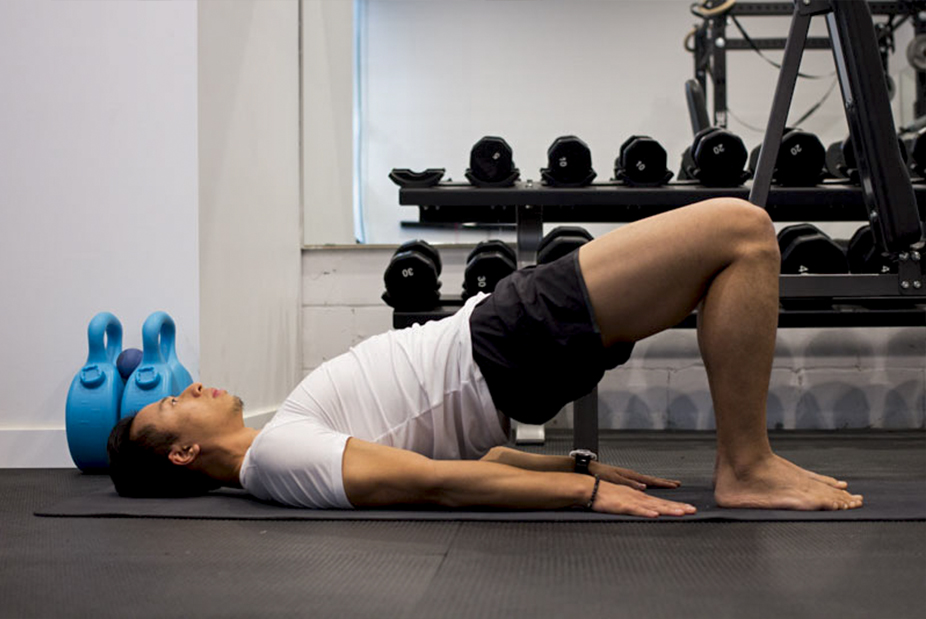
Sit-to-stands
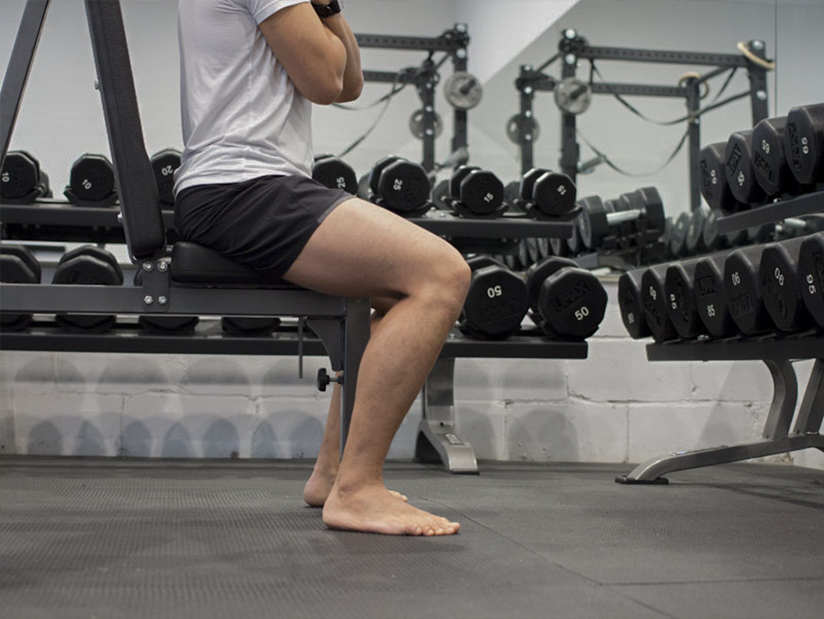
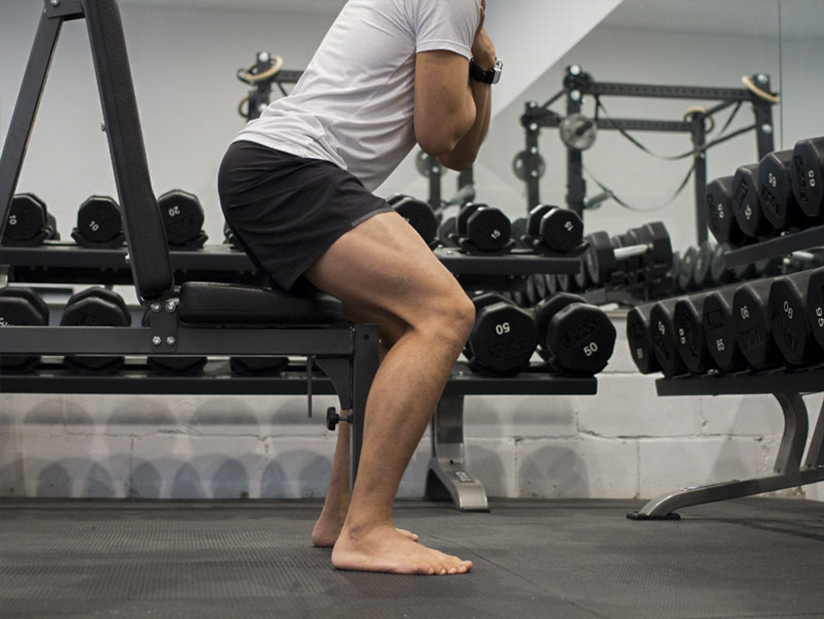
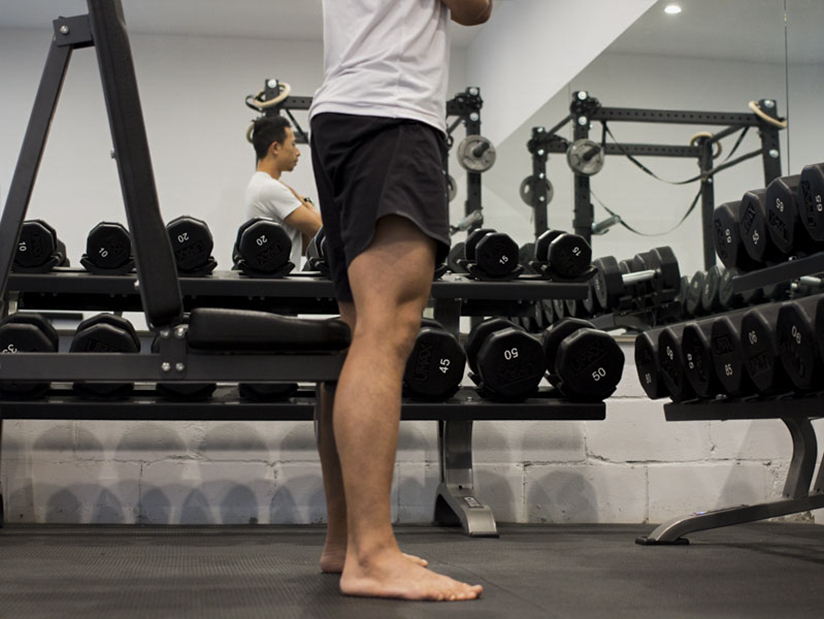
Mini squats
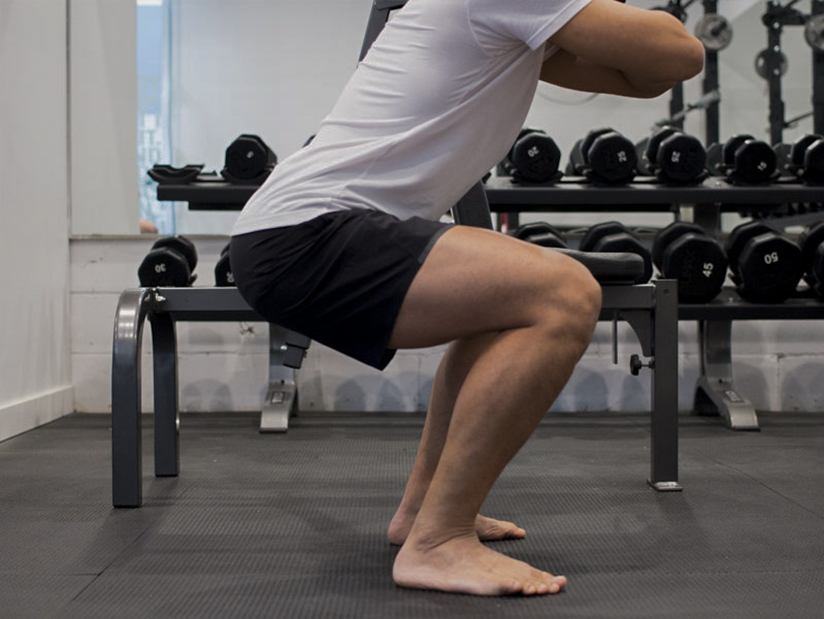
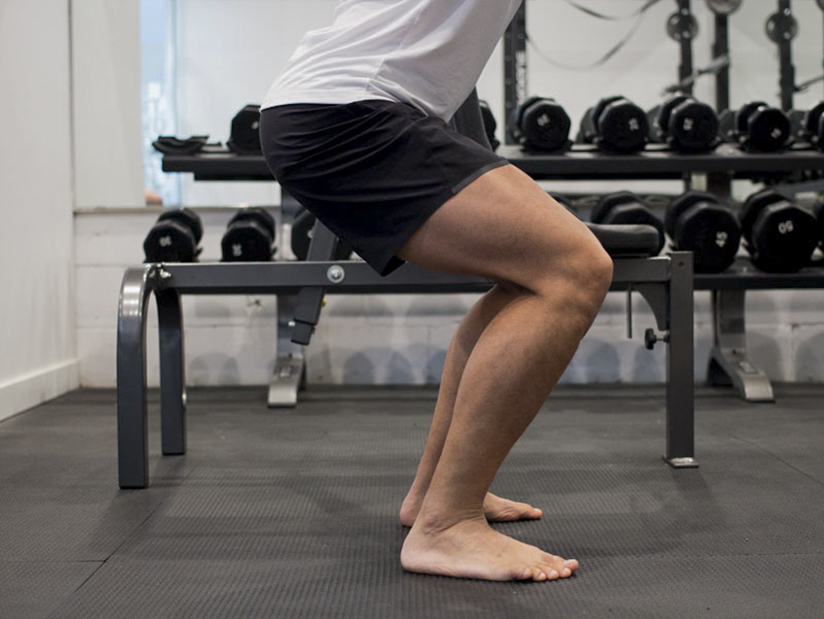
Step ups
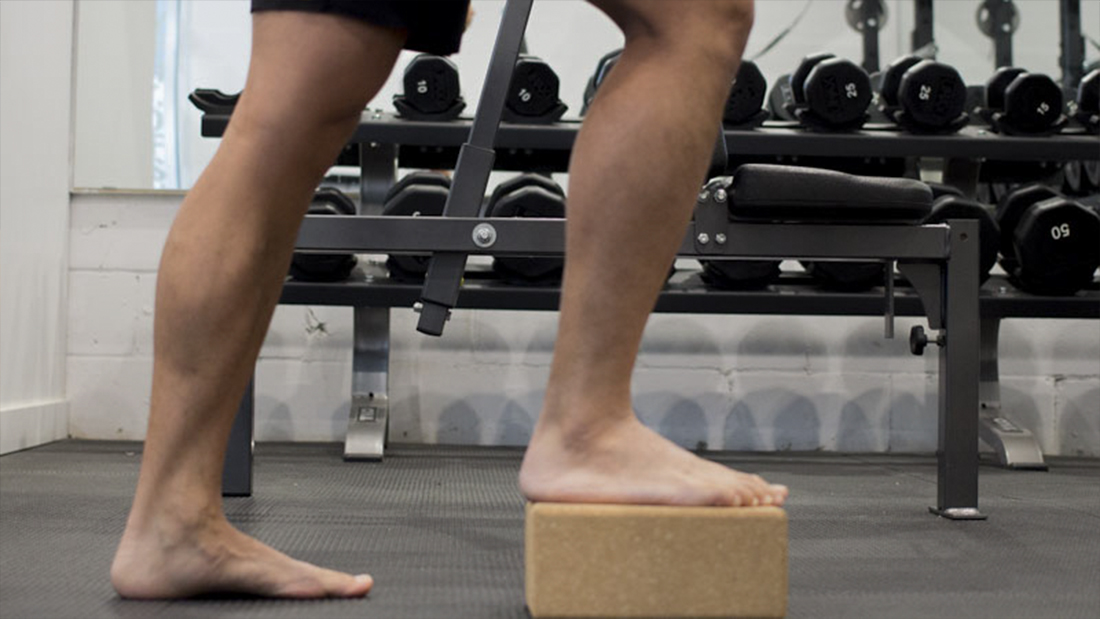
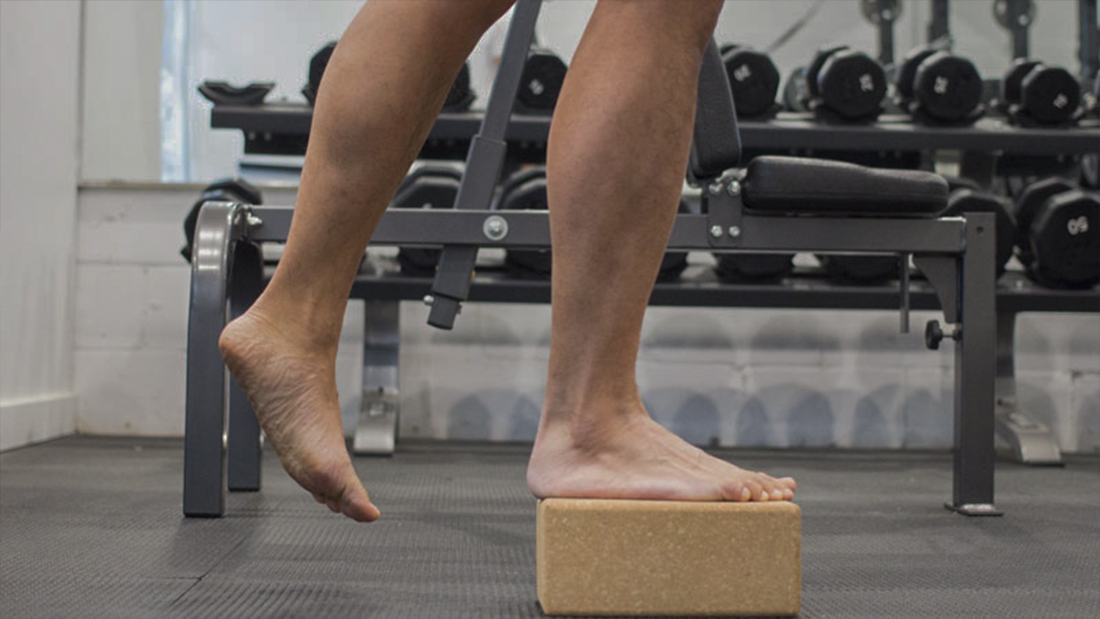
All exercises should be completed with caution and only when you have the appropriate muscle strength and coordination to progress. Muscle soreness is common and normal following exercise, however sharp or shooting pains are your body’s signals that something may be wrong. When in doubt, always consult a medical professional for help.


